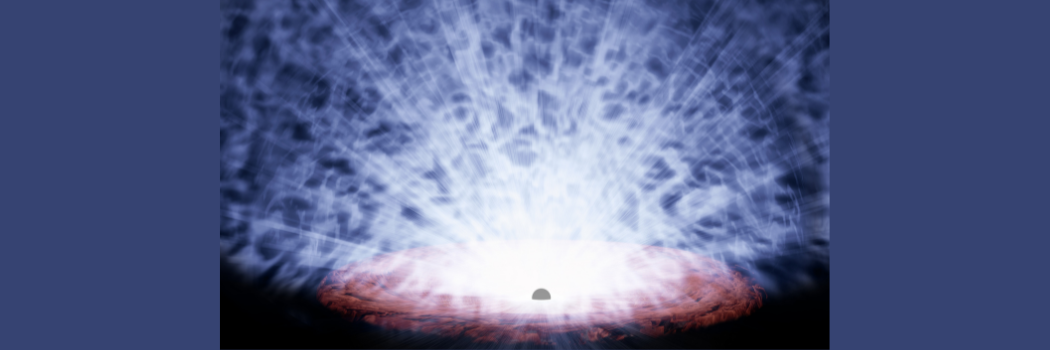Black holes are objects that are so dense that not even light can escape their gravitational pull. Created from the spectacular death of massive stars or lurking as supermassive monsters at galactic centres, they warp spacetime around them, creating a boundary called the event horizon—the point of no return. Despite their name suggesting emptiness, black holes are anything but, containing matter compressed to incredible densities while violently transforming their surroundings. They are surrounded by superheated accretion disks. blast powerful jets of radiation across thousands of light-years and distort time itself as predicted by Einstein's relativity.
 Images of the black hole at the centre of M87 (Credit : NASA)
Images of the black hole at the centre of M87 (Credit : NASA)
Supermassive black holes and their host galaxies have evolved together despite their enormous differences in size and mass. It is thought that powerful gas winds expelled at extreme speeds from regions surrounding black holes hold the key to understanding this connection. These high-velocity outflows appear to regulate both the black hole's growth (by limiting how much matter falls in) and the galaxy's development (by pumping energy into the galaxy that can halt star formation.)
A team of researchers have found that the winds aren't smooth as once thought, but instead shoot out as rapid-fire gas "bullets" carrying surprising amounts of energy. This discovery, which changes our understanding of how galaxies evolve with their central black holes, came from an international team led by Japan's space agency (JAXA). Professor Christine Done from the Centre for Extragalactic Astronomy was one of two European scientists involved in this research as part of the X-ray Imaging and Spectroscopy Mission (XRISM), which studies hot gas winds flowing through galaxies.
.jpeg) The X-ray Imaging and Spectroscopy Mission (XRISM) spacecraft as it appeared in May at Tsukuba Space Center, Japan (Credit : NASA/JAXA/NEC)
The X-ray Imaging and Spectroscopy Mission (XRISM) spacecraft as it appeared in May at Tsukuba Space Center, Japan (Credit : NASA/JAXA/NEC)
The team used XRISM's advanced spectroscopic instruments and observed winds flowing from a supermassive black hole at 20-30% light speed. XRSIM is a joint mission between the Japan Aerospace Exploration Agency, NASA and ESA and is well suited to the task. Rather than a uniform flow, they discovered these winds contain at least five distinct gas components moving at different velocities—suggesting gas ejection occurs in intermittent bursts like geysers or through gaps in surrounding space.
This finding challenges established theories about how galaxies and black holes evolve together, especially since these winds carry over 1,000 times more energy than previously known galactic-scale winds. This groundbreaking observation, only possible with XRISM's unique ability to resolve the complex velocity structure of these cosmic outflows, fundamentally changes our understanding of black holes' influence on their host galaxies.
Source :Space mission discovers 'bullet-like' winds shooting from a supermassive black hole
 Universe Today
Universe Today
